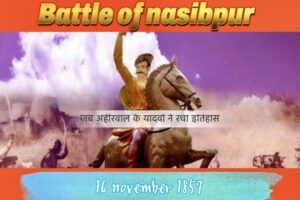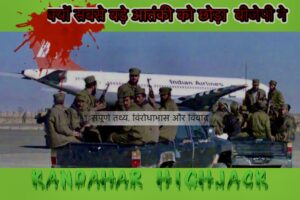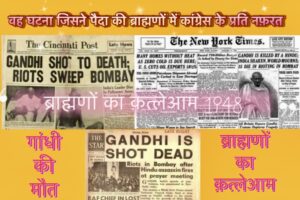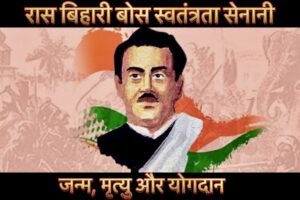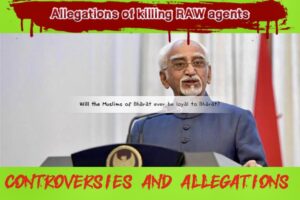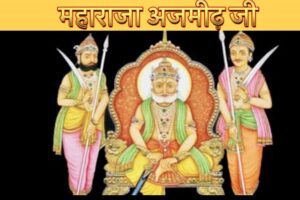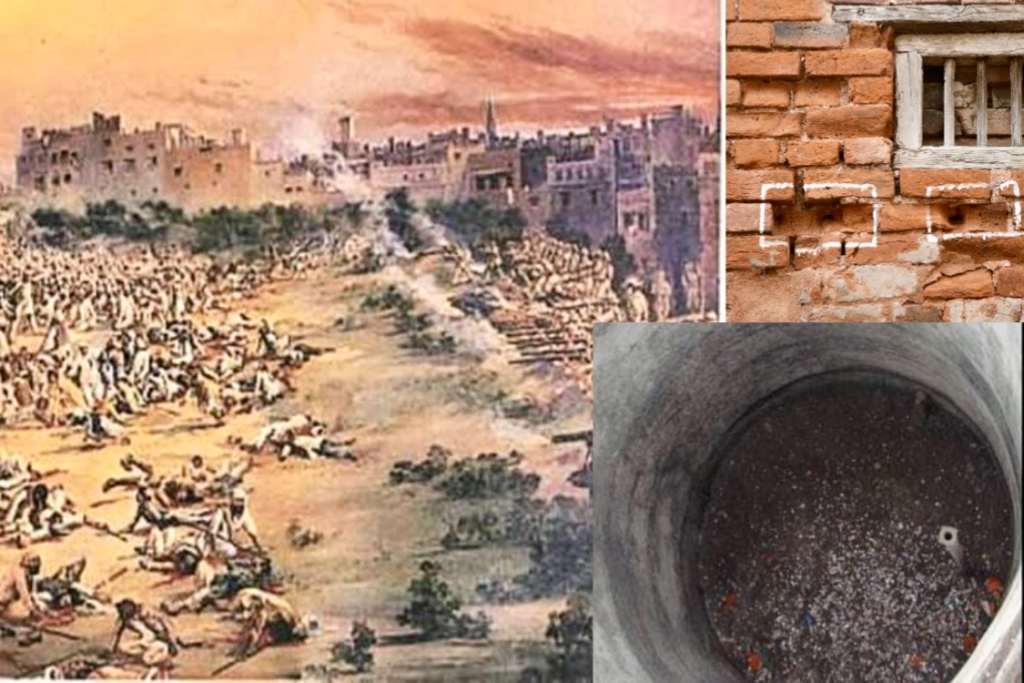
13 अप्रैल का ऐतिहासिक दिन
इतिहास में आज का दिन
आज का दिन इतिहास में
जालियाँवाला बाग भारत के इतिहास में एक महत्वपूर्ण घटना स्थल है। इस बाग का नाम प्रसिद्ध है इसलिए क्योंकि 13 अप्रैल 1919 को यहाँ पर ब्रिटिश सरकार की फायरिंग में कई लोगों की हत्या हो गई थी।
यह घटना जालियाँवाला बाग मास्साकर (Jallianwala Bagh Massacre) के नाम से प्रसिद्ध हुई।
जालियाँवाला बाग अमृतसर, पंजाब में स्थित है और यह एक छोटा सा बाग है, जिसमें सुरक्षा के लिए चारों ओर से दीवारें बनी हुई हैं।
यहां पर समाज के लोग रोलेक्ट एक्ट के विरोध में आये थे। इस हमले में बहुत से भारतीय नागरिकों की मौत हो गई और कई लोग घायल हुए।
यह घटना भारतीय स्वतंत्रता संग्राम की की ओर एक महत्वपूर्ण मोड़ था और इसने भारतीय लोगों के विरोध की भावना को मजबूत किया।
घटना में मृत्यु ( 13 अप्रैल )
जालियाँवाला बाग मास्साकर में बहुत से भारतीय नागरिकों की मौत हुई थी, लेकिन आधिकारिक संख्या अलग-अलग स्रोतों के अनुसार अलग है।
इस घटना में कुछ अनुमानित संख्याएँ बताई गई हैं, जो विभिन्न स्रोतों द्वारा प्रस्तुत की गई हैं –
कुछ रिपोर्ट्स के अनुसार, जालियाँवाला बाग में लगभग 379 से लेकर 1000 से अधिक लोगों की मौत हो गई थी, और कई सैनिक और अन्य लोग घायल हुए थे।
इसमें महिलाएं और बच्चे भी शामिल थे। इस घटना की निर्दयता का अंदाज़ा इसी बात से लगाया जा सकता है कि वहाँ से बचने के किए वहाँ मौजूद बच्चे ,
बूढ़े वहाँ मौजूद एक कुएँ में कूद गये। लाशों का एक भयावह मंजर बन गया। 120 शव कुएँ से बरामद हुए।
भारत की महान शख़्सियत का इसके बारे में विचार
रवीन्द्रनाथ टैगोर जी ने नाइटहुड की उपाधि वापस दे दी थी।
गांधी जी को इस बात का थोड़ा देरी से होश आया और 1920 में असहयोग आंदोलन शुरू किया।
मदन मोहन मालवीय जी के अनुसार मरने वालों की संख्या 1600 से अधिक थी। स्वामी श्रद्धानन्द के अनुसार मरने वाले 1500 से अधिक थे लेकिन सच आँकड़ा छिपाया गया था।
हालांकि, यह संख्या आधिकारिक रूप से नहीं थी, और इस घटना में कितनी मृत्यु हुई इसका विवाद भी रहा है। अधिकांश संख्याएँ गणना नहीं की गई थीं, और कुछ लोगों का अनुमान केवल अंदाज़ा है।
गोलीबारी का आदेश देने वाला अंग्रेज़ी जनरल
जालियाँवाला बाग मास्साकर के समय ब्रिटिश भारत के पंजाब प्रांत के अधिकारी जनरल रेजिनल्ड डायर (General Reginald Dyer) नामक अंग्रेजी सेनानायक थे, जिसने इस हमले का आदेश दिया था।
इसने बिना किसी पूर्व सूचना या चेतावनी के बाग में सभा को बंद करने का आदेश दिया था और फिर वहाँ पर फायरिंग करवाई जिससे बहुत से लोगों की मौत हो गई थी।
इस कठोर और निर्दयी कार्यवाही के कारण, इसे ब्रिटिश साम्राज्य के अत्याचार के प्रतीक के रूप में देखा गया था।
इसकी कठोरता की कई विवादित चरित्रवाणियों के लिए भारतीय आजादी संग्राम की आग में तेल डालने वाली हो गई थी।
जनरल डायर को ‘ब्लडी सन्डे’ के नाम से भी जाना जाता है, जिसका आयोजन 13 अप्रैल 1919 को हुआ था।इसने इस हमले के लिए किसी भी प्रकार की सजा नहीं भुगती।
जालियाँवाला बाग का बदला
जब जलियाँवाला बाग हत्याकांड हो रहा था तब वीर ऊधम सिंह जी वही मौजूद थे उन्हें भी गोली लगी थी और उसी समय मन में ठान लिया था कि वो इसका बदला लेंगे।
13 मार्च 1940 में उन्होंने लंदन जाकर ब्रिटिश लेफ़्टिनेंट गवर्नर माइकल ओ दाह्यर को गोली से मार दिया इसी के परिणामस्वरूप इन्हें 31 जुलाई 1940 को फाँसी पे चढ़ा दिया गया था।

